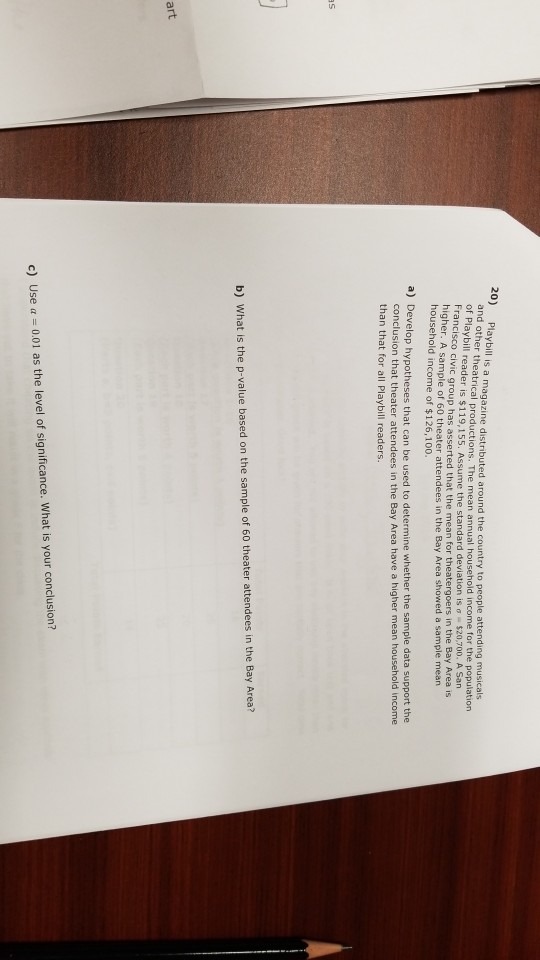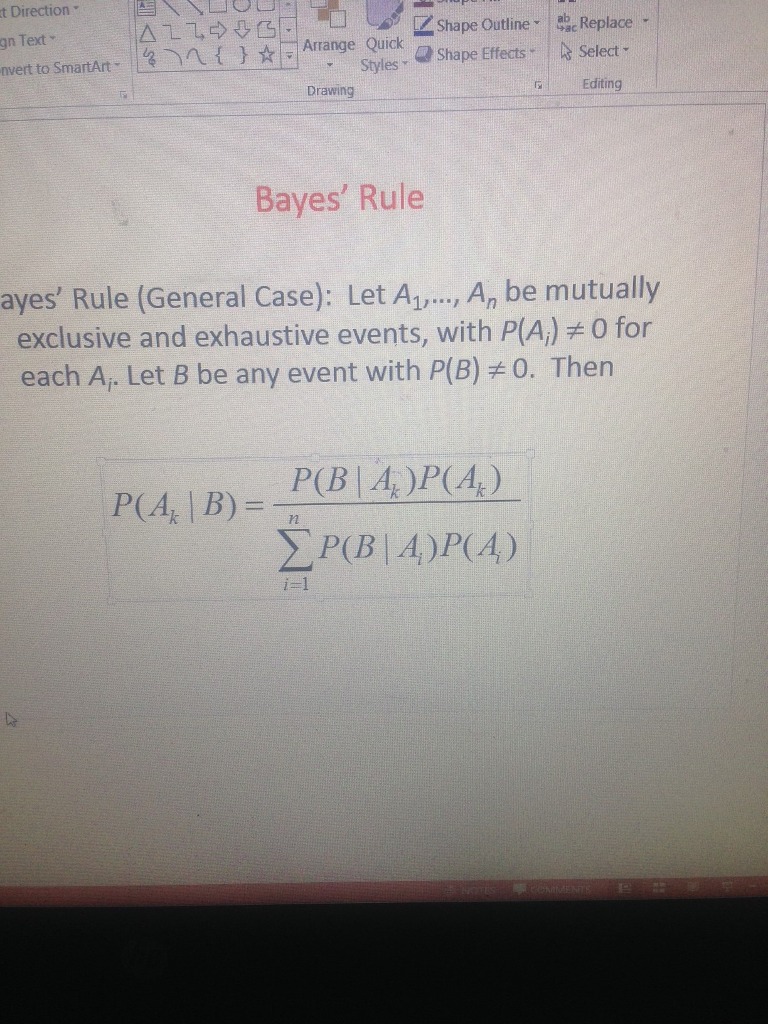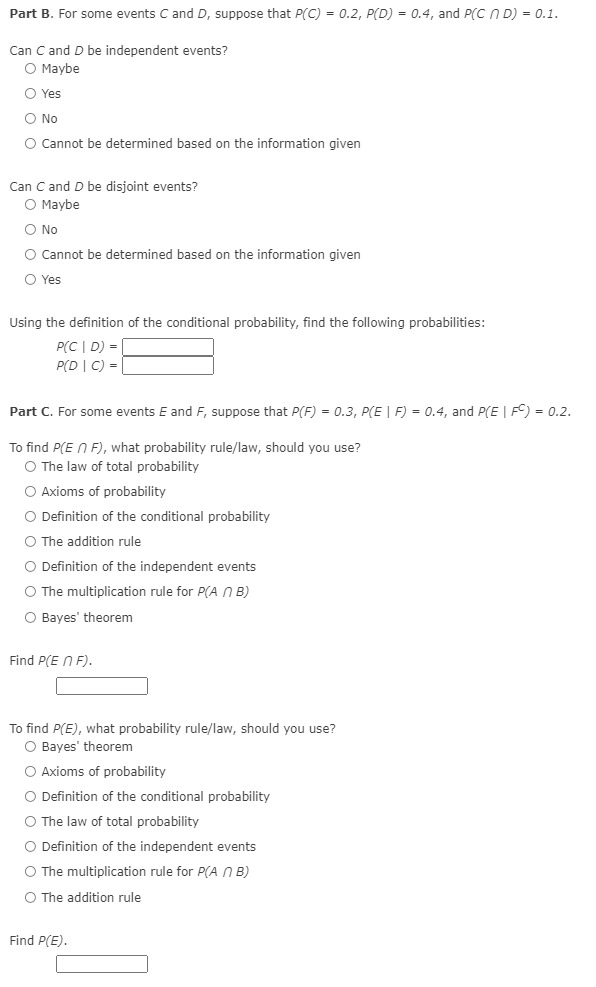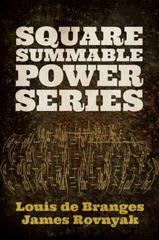Question
Go to the web and find more about the history of 2 probability theorists mentioned in this chapter. 3. Using diagrams, convince yourself of the
Go to the web and find more about the history of 2 probability theorists
mentioned in this chapter.
3. Using diagrams, convince yourself of the rationality of De Morgan's law:
(A ? B)
c = Ac ? Bc (1.66)
4. Try to prove analytically De Morgan's law.
5. Urn A has 3 black balls and 6 white balls. Urn B has 400 black balls and
400 white balls. Urn C has 6 black balls and 3 white balls. A person first
randomly chooses one of the urns and then grabs a ball randomly from the
chosen urn. What is the probability that the ball be black? If a person
grabbed a black ball. What is the probability that the ball came from urn B?
6. The probability of catching Lyme disease after on day of hiking in the Cuyamaca mountains are estimated at less than 1 in 10000. You feel bad after a
day of hike in the Cuyamacas and decide to take a Lyme disease test. The
test is positive. The test specifications say that in an experiment with 1000
patients with Lyme disease, 990 tested positive. Moreover. When the same
test was performed with 1000 patients without Lyme disease, 200 tested
positive. What are the chances that you got Lyme disease.
7. This problem uses Bayes' theorem to combine probabilities as subjective
beliefs with probabilities as relative frequencies. A friend of yours believes
she has a 50% chance of being pregnant. She decides to take a pregnancy
test and the test is positive. You read in the test instructions that out of
100 non-pregnant women, 20% give false positives. Moreover, out of 100
pregnant women 10% give false negatives. Help your friend upgrade her
beliefs.
8. In a communication channel a zero or a one is transmitted. The probability
that a zero is transmitted is 0.1. Due to noise in the channel, a zero can be
received as one with probability 0.01, and a one can be received as a zero
with probability 0.05. If you receive a zero, what is the probability that a
zero was transmitted? If you receive a one what is the probability that a one
was transmitted?
9. Consider a probability space (?, F, P). Let A and B be sets of F, i.e., both
A and B are sets whose elements belong to ?. Define the set operator $$



Step by Step Solution
There are 3 Steps involved in it
Step: 1

Get Instant Access to Expert-Tailored Solutions
See step-by-step solutions with expert insights and AI powered tools for academic success
Step: 2

Step: 3

Ace Your Homework with AI
Get the answers you need in no time with our AI-driven, step-by-step assistance
Get Started


